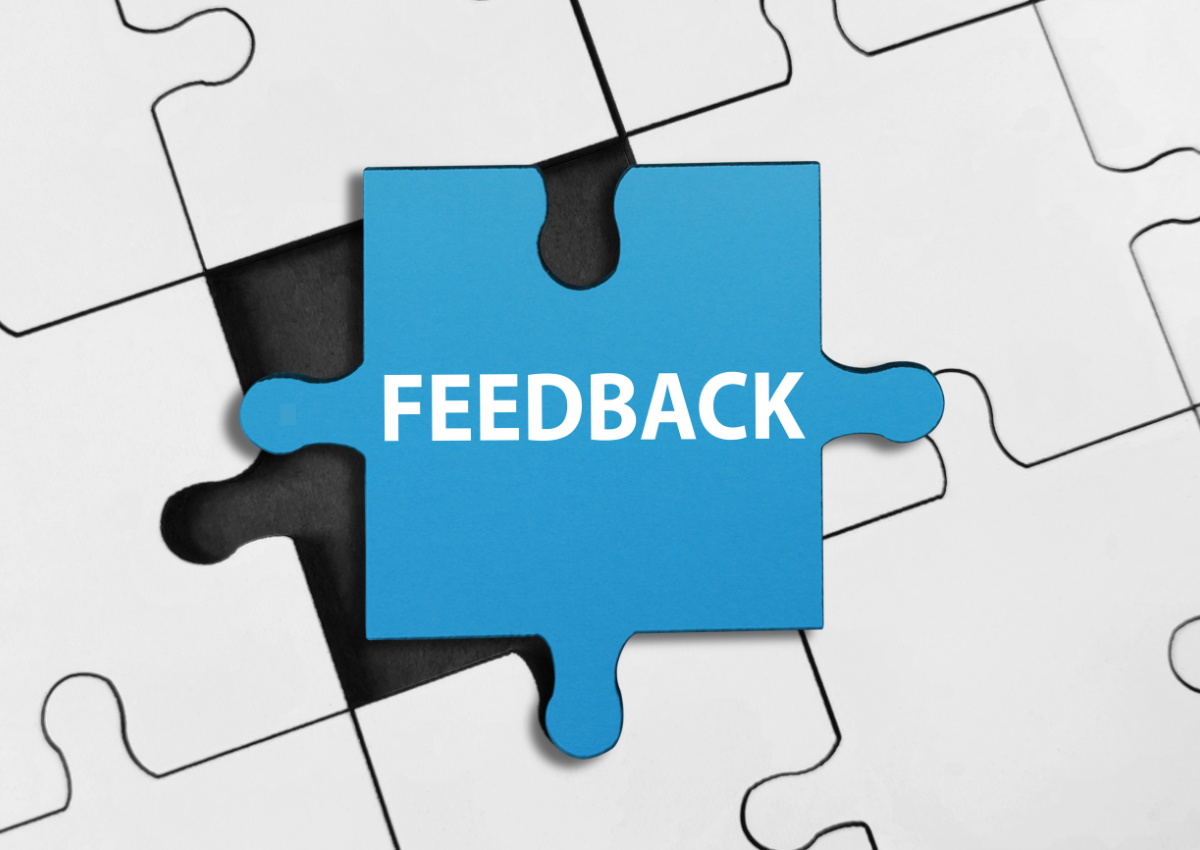Our recent blog posts have explored the importance of viewing a team, not just as an intact unit but also as a collection of individuals who operate across a range of relationships. When those bonds are sufficiently strong, they enable the team deliver the key impacts that are required of it.
This article moves the process along from exploring different ways to view the concept of a team to exploring how busy leaders can develop the critical skills required to shape a team towards high performance, through the ability to parallel process in a particular way.
Why develop the skills of parallel processing?
Understanding
The better you understand yourself and each member of your team the better your chances of achieving high performance. Appreciating how you and the team are performing but perhaps more importantly, to understand why the team and team members are performing as they are, is critical in helping you decide if you should double-down or change tack. Having a sensitivity and understanding of what is going on for you and the team is a classic case of the more data you have, the deeper you interrogate them, the better.
Proactivity
To be checking-in regularly, both formally and informally, with the team as a whole and each member individually, will ensure you are able to stay informed ahead of need. Being proactive in searching for clues about performance, will give you the information you require to allow for changes in direction or approach, ahead of a crisis or opportunity. It keeps you actively involved in the work on the team, not just the work of the team.
Resetting
Being able to see what is occurring early is a good thing in any context and thus, it is true in being a senior leader in an organisation. If you need to stop to adjust, the idea of “cut once but cut quickly and deeply” is sound advice but to do so, you need an awareness of the multiple layers of your team and organisation. Once you are on your way again, your re-starting point allows you as a leader to begin to observe anew how the changes you have made affect the results you are getting.
What do we mean by parallel processing?
The origins of the idea of parallel processing emerged from computing in the 1950’s where multiple processors worked side-by-side on shared data. Parallel processing as a psychological idea is similar in that leaders need to be able to gather data points from their organisation and team but also from each individual they lead. Some of this data collection process is formal e.g. results of an Employee Engagement Survey or Team Diagnostic at other times it maybe less formal, like a water-cooler chat with one of your star performers.
How to parallel process as a leader of a senior team
To be able to parallel process effectively leaders need access to two critical meta-level skills: observation and noticing. These are two distinct concepts although they are often used interchangeably. Observation is straightforward to understand but ‘noticing’ in this context includes seeing but also hearing and even using yourself as a tool to ‘sense’ what might be going on.
Perhaps you feel something you can’t quite name going on in the team? Is it tension you are feeling, is that something the members of your team feel too? Use all the data available to you and mentally make a note of them. When you have had a chance to ‘analyse’ the data you have gathered then you can decide on the best approaches to take.
A framework for reviewing your team
At Exigence, we have developed a simple and effective model that helps our team coaches guide teams through an enhanced awareness of what is happening in their teams by providing a reference framework in the shape of a 4 box matrix. The great news is, if you are a busy leader, committed to working on developing your team, you can use it too to help guide your ‘noticing’ of what is happening.
Let’s look at how you can get the most from this model:

Collective-Individual
The vertical continuum represents two domains: the team or organisation (‘collective’) and an individual member of that group (‘individual’) As a leader the ability to parallel process between the whole team and how it is operating together, and the individual members of the team is key. The latter can be ‘investigated’ both when people are in the context of the team but importantly also when they are not. Cycle back and forth between the team and individual. This can tell you a lot about either/both the ‘state’ of the team and/or the state of an individual(s) in the team. This level of awareness, all too rare in senior leaders, is powerful.
Two things to note: Like all new skills, initially this can take a lot of bandwidth and possibly feel a bit overwhelming. No need to do all of it in on go.
Perhaps today focus on what you are noticing with the team (collective) and just one team member (individual). Over the week or month, rotate around all members of the team and begin to pick up other ‘vibes’ too. When you see themes emerging you can then share these with the team and/or the individual where appropriate.
Secondly, it is important that you include yourself when you are noticing what is occurring. It is hard to separate yourself from the observations you are making so examine your data in light of what you know about yourself right now e.g. are you under a lot of pressure to succeed; is one of the team underperforming and frustrating you etc etc. You will bias the results, just be aware of that and see your data through that lens.
Internal-external
The horizontal continuum represents whatever is happening within the team or the individual (internal) and those things you are aware of that are happening outside of the team or individual.
This can get deep very quickly so, I would recommend you initially limit your focus to the dynamics within the team when everyone is ‘together’ (internal) and what is happening when the team is apart and out in the business or with other key stakeholders (external). This will give you a good sense of how the team relationships are or where there is work that needs to be done so the team can work better together.
One common challenge for leaders is when team members sign-up for a decision when they are ‘in the room together’ and then those same people overtly disagree or trash the decision when they are back with their functional team. This lack of coherence is highly destructive for the reputation of your senior team. Noticing it because you are aware of what is going on externally, gives a leader the data they need to challenge such behaviour early.
As you get more proficient ‘noticing’ from each individual point on the framework e.g only collective or only internal, you can start to operate from the dual perspectives of each quadrant e.g. internal-collective or external-individual. Being able to parallel process the work of the team and your work on the team using the Exigence 4-box team coaching model, will differentiate you as an exceptional leader because this ability is all too rare in senior leaders.
We enable your organisation to achieve individual and collective transformation goals quickly and confidently, whether you require support for senior leaders, executive teams, or large cohorts of mission critical managers.
When you want to know more just click here to contact us and we’ll get straight back to you.





